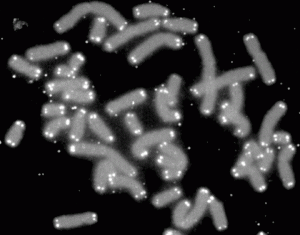
Courtesy of ThinkStock
Although water, tea, beer and coffee are drunk in greater quantities, wine holds a special place in many cultures. Just think of the holiday season that is approaching andd how wines often pair with great holiday meals.
Wines, especially red wine, have been found to contain several compounds such as resveratrol, melatonin, and flavonoids that are beneficial to human health. These three compounds target different health issues and each will be discussed further in depth.
Resveratrol is produced when the grape skin is fermented during the wine-making process. According to a review article published in 2008, resveratrol was shown to provide the cardio-vascular health benefits normally associated with a caloric restriction of about 20% to 30% of the calories from a typical diet. Such caloric restrictions promote longevity in mice. “Caloric restriction is highly effective in extending life in many species. If you provide species with less food, the regulated cellular stress response of this healthy habit actually makes them live longer,” says Christiaan Leeuwenburgh, chief of the division of biology of aging at University of Florida’s Institute on Aging.
Melatonin is a naturally occurring compound found in plants and animals including humans, and is also present in red wines. Besides its commonly known function as a control over our circadian rhythm, it is thought to reduce oxidative damage by its antioxidant properties and therefore to slow down aging.
Flavonoids also are antioxidants and are present in all plants. Major dietary sources of flavonoids include red wine, tea, dark chocolate, and citrus fruits. According to an article from Psychology Today, they are believed to reduce risks of cancer, stroke, heart disease and asthma.

Courtesy of Cardiocore
The information above suggests that drinking red wine may prolong life, slow down the effects of aging and help avoid certain diseases. However, excessive consumption of alcohol is associated with health risks that may mitigate the above benefits. Perhaps, with wine, the key lies in moderation, if only to avoid nasty headaches!
Check out this video if you want to learn more about benefits of red wines.

![]()
//





